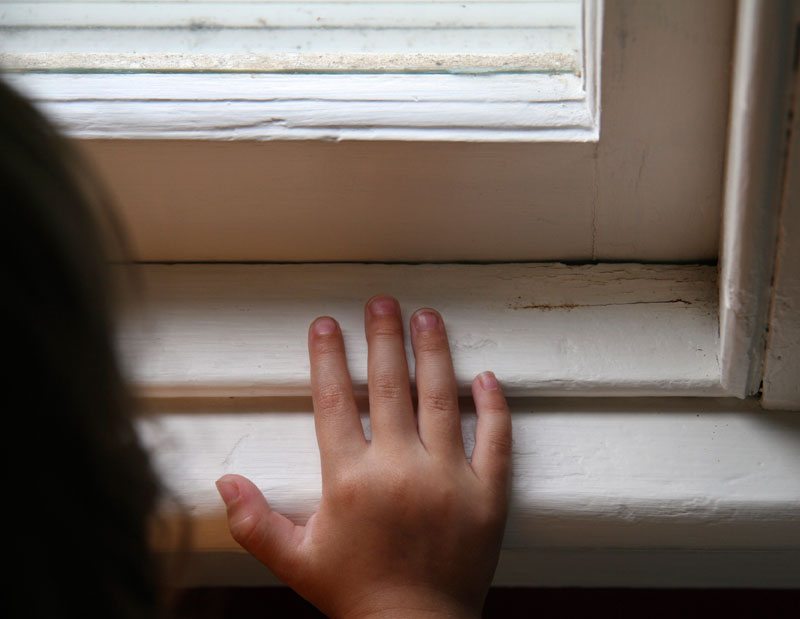The EPA’s Region 7 office in Kansas announced a settlement in a civil enforcement action against LHP LLC for alleged violations of the Lead Renovation, Repair and Painting (RRP) Rule in connection with renovation work done at one of its rental houses in Lincoln, Neb.
The EPA said the company violated several RRP work-practice rules when renovating a rental house, and said an inspection “noted paint chips and debris littering the site, extending onto the public sidewalk and beyond.” As part of the settlement, the company will pay an $8,840 civil penalty.
LHP owns and rents numerous housing units in Lincoln, the EPA said.
During a November 2012 RRP work-practices inspection, EPA found that the company was conducting a renovation and violated several RRP work practices at one of its rental houses at 800 A Street in Lincoln.
The inspection found the company:
- failed to post warning signs, failed to close all doors and windows within 20 feet of the renovation:
- failed to ensure doors used in the work area were covered with plastic or other impermeable material;
- failed to cover the ground with plastic or other impermeable material to collect dust and debris; and
- failed to contain waste from the renovation to prevent the release of dust and debris before the waste was removed from the work area.
In 2009, the EPA issued a notice of noncompliance to LHP for failure to disclose to its renters a required lead-warning statement, failure to disclose the presence of lead-based paint hazards, and failure to disclose available records or reports pertaining to lead-based paint hazards.
In 2008, the Nebraska Department of Health and Human Services issued a notice of violation to LHP for “engaging in a lead abatement project without a valid certificate” after being notified of elevated blood levels of lead for a child residing at one of the company’s properties, the EPA said.
The RRP Rule is intended to reduce lead exposure from toxic lead dust and debris that can be generated during renovations and repairs of houses built prior to 1978. Lead poisoning is especially harmful to children.
Lead poisoning can adversely affect nearly every system of the body, but particularly the central nervous system, especially for unborn and young children whose bodies are just beginning to develop and grow. Because lead poisoning often occurs with no obvious symptoms, it frequently goes unrecognized. However, lead poisoning is easily diagnosed with simple testing, and in most cases, it can be treated.
The most common way that children become exposed to lead is by breathing or swallowing dust or chips of lead-based paint, which is often found in and around housing or child-care facilities built prior to 1978, when lead-based residential paints were banned in the U.S.
The Centers for Disease Control and Prevention (CDC) estimates that at least 4 million households in the U.S. have children living in them at risk of exposure to toxic lead. More than half a million U.S. children ages 5 and younger have blood lead levels above five micrograms per deciliter, the reference level at which CDC recommends public health actions be initiated.
More information on RRP Rule: EPA Lead Program.



